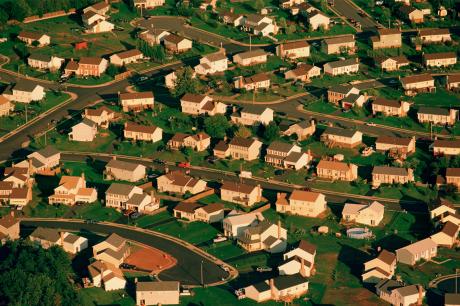Articles and analysis on today's issues

If Social Security benefits are reduced, not only will people and families face hard decisions, but states and local businesses may also see increased budgetary pressures.
Service Corps Programs That Connect Opportunity Youth to Infrastructure Jobs Potentially Yield High Returns on Investment A new analysis finds workforce corps serving opportunity youth likely also have high returns on investment. At a time of corps funding cuts and when policymakers must determine how to wisely invest taxpayer dollars, these new data could help inform funding decisions.Four Steps for Supporting a Healthy Child Care Workforce DC’s first-in-the-nation HealthCare4ChildCare program provides free and low-cost health insurance for child care workers and can be a model for other states and cities.How BLS Inflation Data Can Affect Families’ Everyday Purchasing Decisions Ensuring federal data and statistical agencies like the Bureau of Labor Statistics remain open, independent, and objective is essential to economic growth and prosperity.Turning Data Center Revenues into Affordable Homes As data centers see a surge in demand because of generative AI, Henrico County, Virginia, shows how local governments can turn the economic gains of this new industry into sustainable funding for affordable housing.Understanding the Impact of Arts and Culture on Communities through Local Data Assessments of the value of arts and culture that incorporate local knowledge, data creation, and engagement can produce locally relevant insights while offering widely applicable lessons and models for research, practice, and policymaking.Early Childhood Mental Health Consultation Helps Kids and Caregivers Early childhood mental health consultation can strengthen the child care workforce and improve children’s outcomes, but greater program expansion and awareness is needed nationwide.





